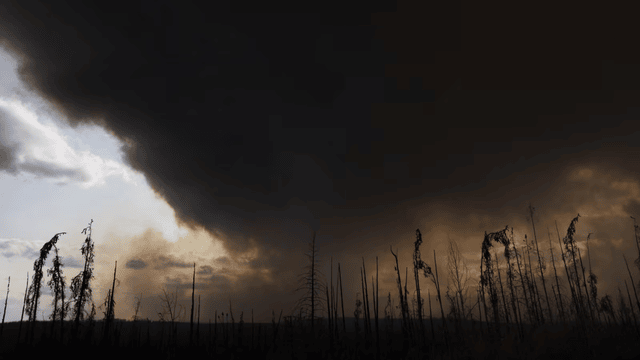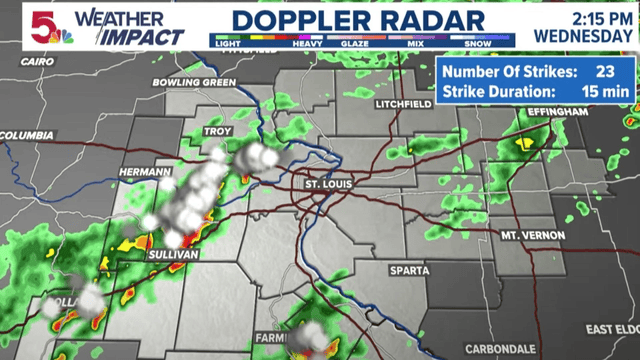
Saskatchewan orders La Ronge town to evacuate after wildfire reaches airport. The Globe & Mail
Ten more communities were added to the evacuation list on Monday, bringing the total number of evacuated places this fire season to 36. Health officials are moving over 45 patients and long-term care residents from hospitals and homes in La Ronge.
The combined population of La Ronge and Air Ronge is over 4,000 people. This adds to the 8,000 people who have already evacuated from other areas due to wildfires.
Northern Communities Also Ordered to Leave
Earlier Monday morning, four small communities north of La Ronge — Wadin Bay, English Bay, Nemeiben Subdivision, and Sucker River Indian Reserve — were told to evacuate. These communities are less than 20 minutes from La Ronge.
The warnings were clear. The wildfire is moving fast, and people must leave now. Sucker River residents who need help getting out were told to go to the band hall with just one small bag. Others needing transportation should call Northern Municipal Services.
People who can leave on their own must take Highway 102 and head to the JRMCC Centre in La Ronge to check in. Pets are not allowed on buses or in shelters.
Emergency Support and Road Closures
The chief of the Lac La Ronge Indian Band shared the evacuation news on social media. She said they are working fast to arrange buses, fuel, and places to stay. The fire, named Pisew, is only 16 kilometres from La Ronge and may block the road to Stanley Mission.
Later in the day, people in La Ronge and nearby communities were told to be ready to leave quickly. They were advised to pack their bags, get their cars ready, and find somewhere to stay if possible.
Fires Threaten Roads and Parks
Another fire, Ditch02, is burning near Highway 2 between Weyakwin Lake and Montreal Lake. This road is the main route into La Ronge from the south. Evacuees may have to drive through or around dangerous areas between two major fires — Ditch02 and another one called Shoe.
There are 16 wildfires burning in Saskatchewan right now. The largest, the Shoe fire near Candle Lake, has now grown to 407,000 hectares — about 18 times the size of Saskatoon. It has forced closures of parts of Highway 165, East Trout Lake, Whelan Bay, Little Bear, Lower Fishing Lakes, and Narrow Hills Park.
The Pisew fire, which caused many of the latest evacuations, has grown to 83,000 hectares. By Monday afternoon, more places including Hall Lake, Clam Crossing, and Sikachu were also told to evacuate.
A total of 27 communities now have active evacuation orders.
Wildfire Season Worse Than Normal
So far this year, Saskatchewan has seen 219 wildfires. That’s much higher than the five-year average of 131 fires by early June. Last year, there were 172 fires by this time.
The premier declared a state of emergency on May 29. It will stay in effect for 30 days, but may be extended if needed.















